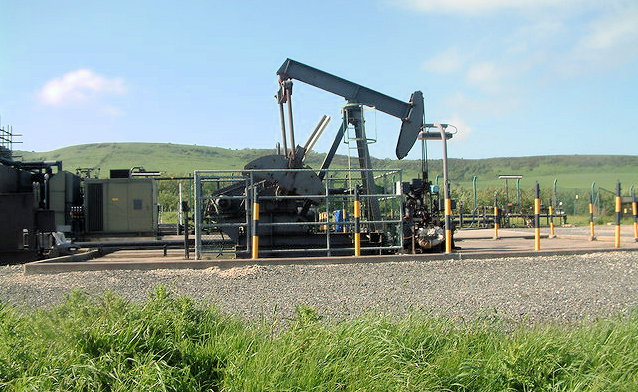A controversial gas flare which burns off methane on the cliffs above the World Heritage site at Kimmeridge in Dorset, could be extinguished within three months – and turned to good use instead.
Despite it releasing CO2 into the atmosphere, oil and gas company Perenco was granted temporary permission for the flare at the oil well, when its plans to compress the gas and turn it into clean power were delayed by the war in Ukraine.
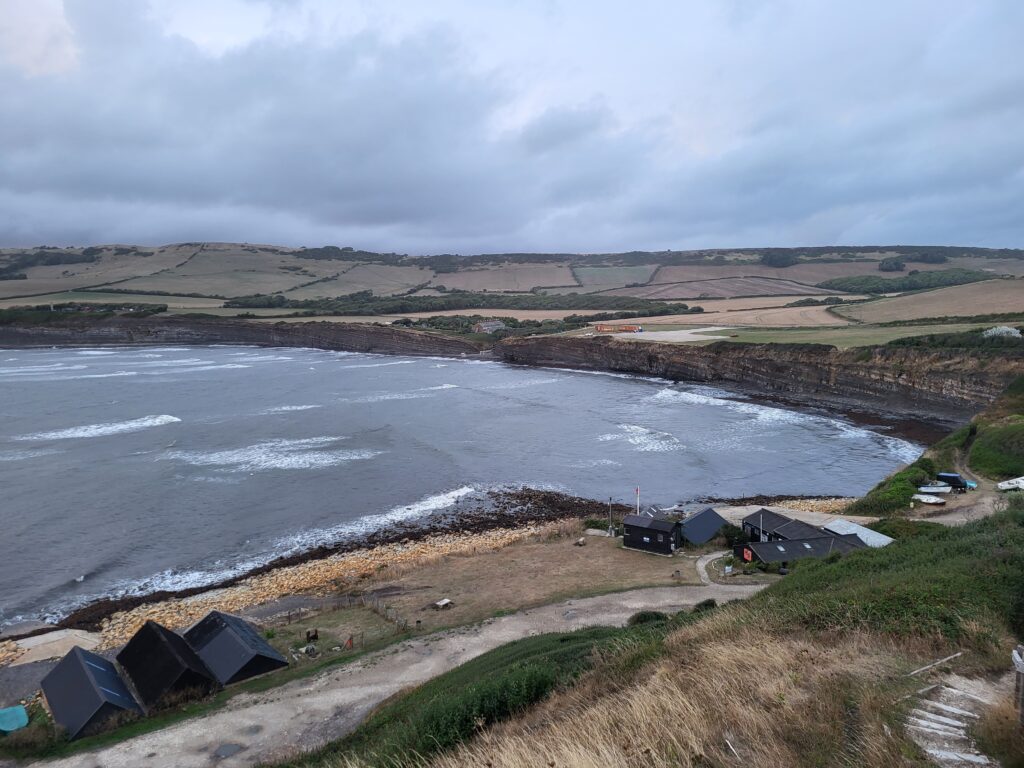
The sweep of Kimmeridge Bay hides rich reserves of oil
War in Ukraine delayed equipment
Equipment that was needed to capture and compress the waste gases was due to have been transported through Ukraine in spring 2022 to the Kimmeridge wellsite on the Jurassic Coast, but was stopped along with many other exports when the Russian invasion began in February 2022.
Perenco has now confirmed that work is under way on the compression unit and although it would not give a completion date, it is understood that the flame from the eight-metre chimney stack will be stopped before the end of January 2023.
Excess methane gas – a byproduct of producing about 53 barrels of oil a day from 500 metres beneath the seabed – is then expected to be transported in liquid form by tanker to the Farmergy site at Blandford Forum and processed to generate electricity.
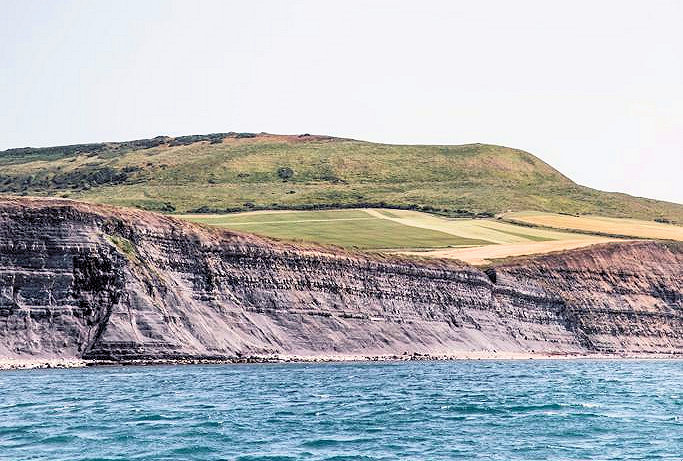
The Jurassic coastline of Kimmeridge Bay is a UNESCO World Heritage site
Oldest continual oil site in UK
The Kimmeridge oil well known as the nodding donkey, is believed to be the oldest continually operational site in the UK and has been extracting oil from below the seabed since 1959, although taking oil from the shale deposits in the area dates back to the 19th century.
Perenco had previously been criticised by campaigners against fossil fuel extraction for venting methane at Kimmeridge – an entirely legal process, but one that contributes to global warming.
Methane is one of the most powerful greenhouse gasses and its ability to trap heat in the atmosphere is far greater than carbon dioxide.
Burning methane in a flare turns the gas into carbon dioxide – itself a greenhouse gas, but far less destructive.
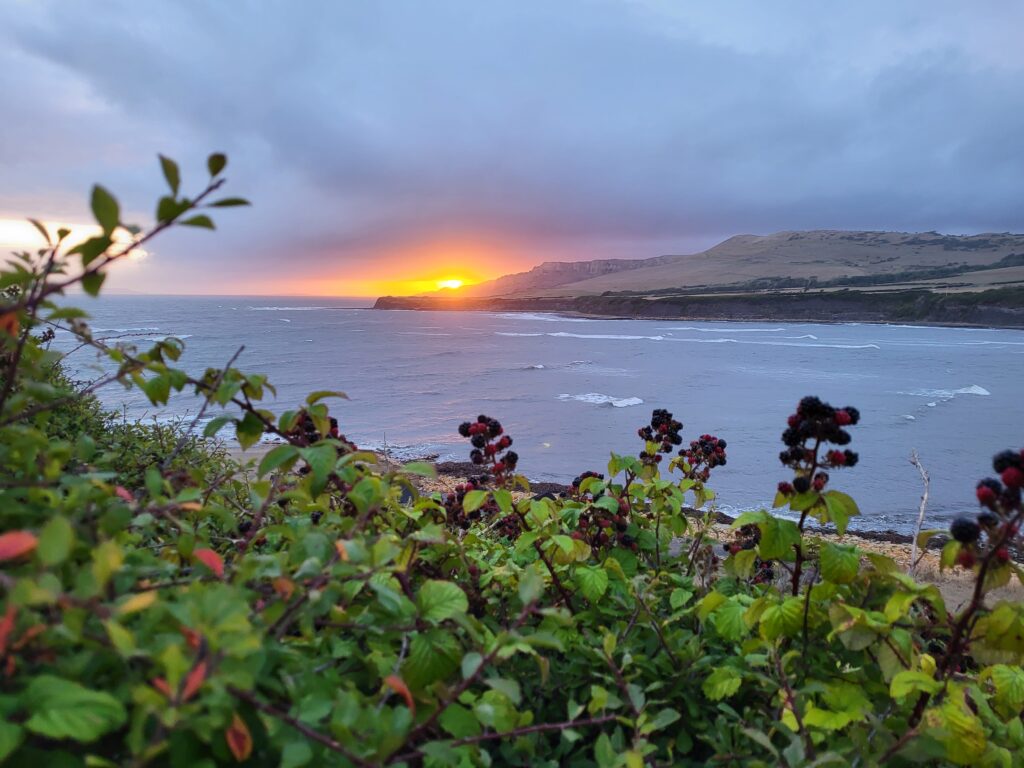
The oil site is said to blight an otherwise beautiful Kimmeridge Bay
Six-month flaring permit was granted
Spokesperson for Perenco Mark Antelme said:
“I can confirm that a six-month flaring permit was granted whilst the gas compression unit is completed. Combusting the vent gas was a safe and temporary measure which has a significant environmental benefit.”
The company had earlier told Dorset Council that there was no visual impact of the six-metre flare – which has a diameter of 80cm – from public footpaths, bridleways or local viewpoints.
It admitted that the wellsite was a highly visible operational site, but said that the top of the flare stack would sit within the backdrop of tree screening and the existing production plant.
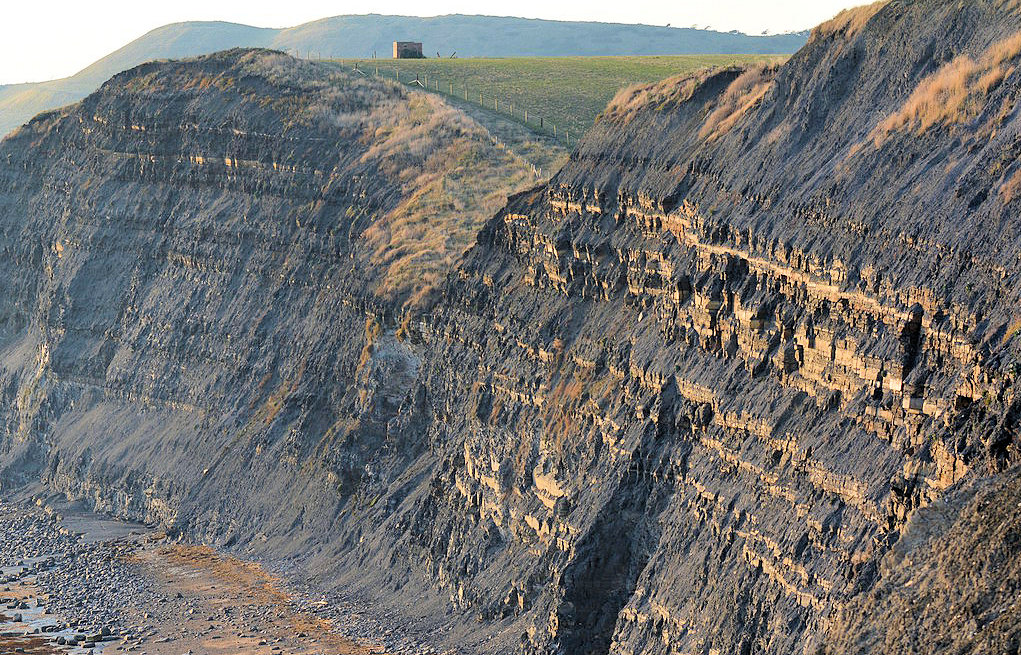
The Jurassic cliffs of Kimmeridge Bay show the strata of shale, clay and limestone
Temporary flare needed after unforeseen global events
In a statement, Perenco said that the ‘temporary’ measure was necessary due to ‘unforeseen global circumstances’ regarding the manufacture and supply of the equipment required to reduce the venting of gasses at the Kimmeridge wellsite.
The statement read:
‘A temporary flare unit on site achieves the combustion of untreated gasses that (had been) vented to the atmosphere. The unit will operate over a six-month period’.
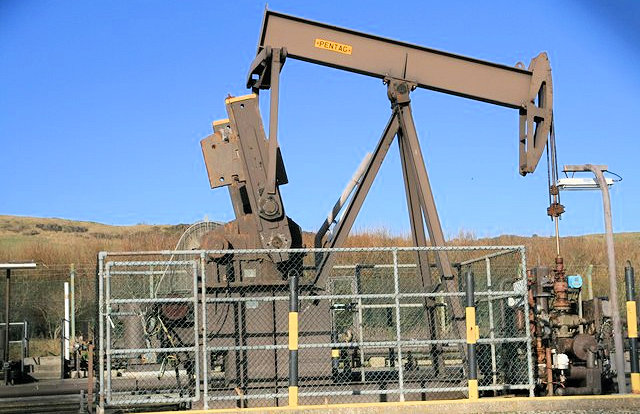
The nodding donkey oil pump at Kimmeridge has been in use since 1961
“Temporary flaring will cease at the end of January”
The flare unit was installed in early September 2022, but a spokesperson for Dorset Council said:
“It is Dorset Council’s understanding that the temporary flaring will cease at the end of January 2023. The cold venting of gas by Perenco at the Kimmeridge Bay site is licenced by the Environment Agency (EA).
“Permission was granted for the installation of plant to reduce venting gases, incorporating a gas compression unit and control building, an air-cooling unit, a high pressure gas storage tank and a gas loading post.”
The site at Kimmeridge has a single oil production well where oil is pumped to the surface using a beam pump – the nodding donkey – and then transferred to two oil storage tanks via an above ground pipeline.
Oil is then transferred by road tanker to the UK’s biggest onshore oilfield Wytch Farm, about five miles away from Kimmeridge, three times a week.

Washing Ledge and Kimmeridge Bay beach with central parting of oil shale
“Site blights an otherwise beautiful area”
Campaigners said they would continue to press for the gas from Kimmeridge to be used to generate electricity rather than burned off or vented.
A spokesperson for Fossil Fuel Free Dorset, said:
“This site blights an otherwise beautiful area, produces pollution and in our view should be decommissioned.
“If the site is to continue operating it needs to be in line with the stringent environmental standards needed to cut carbon emissions. Any gas should be used, not burned off or vented.
